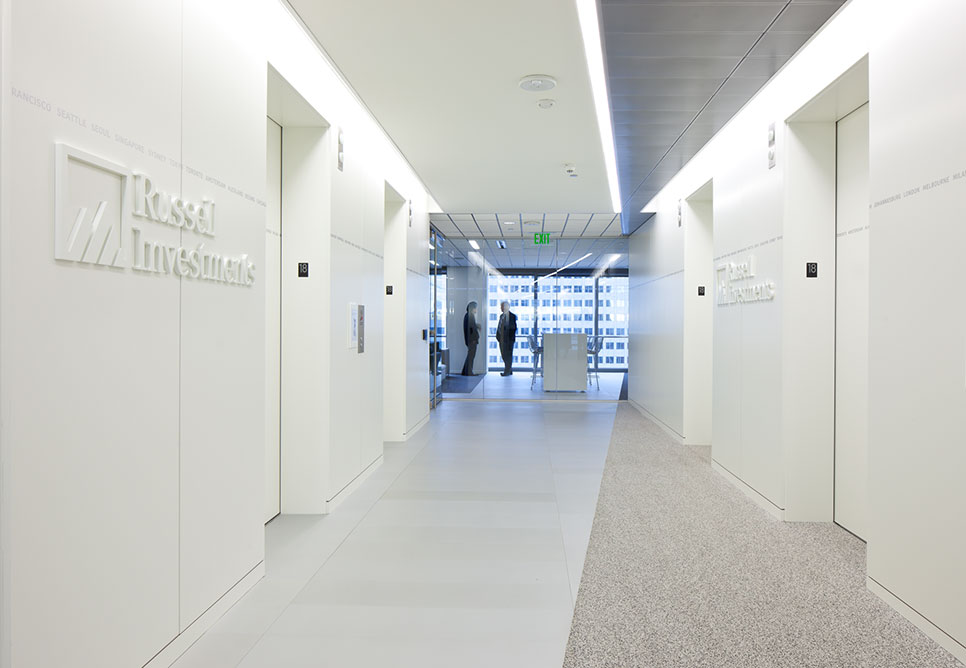

Russell Investments’ latest survey of fixed income managers found 50% expect the global economy to revert to pre-pandemic levels by year-end 2021, while 48% don’t expect it to revert before 2022. The 64 bond and currency managers who responded to the firm’s Q4 survey also indicate more appetite for riskier assets. The percentage selecting investment-grade credit from among 10 options as the most attractive asset class for risk-adjusted returns dropped from 40% in the previous survey to 20%. In contrast, preference for emerging market debt increased 10 percentage points to 15% and high-yield credit increased eight percentage points to 23%.
Source: Business Wire
In addition, fixed income managers expressed more balanced views on regional preferences in the Q4 survey, with 48% selecting the U.S. as offering the best risk-adjusted return potential, versus 71% in the previous survey. The U.S. was followed by Asia (20%), Latin America (15%) and Europe (13%).
“While a second wave of COVID-19 infections and the speed of global economic recovery remain as their top concerns for the fourth quarter, fixed income managers seem to be less worried about the depth of the global recession,” said Adam Smears, Senior Director, Investment Research-Fixed Income at Russell Investments. “Instead, they appear more focused on the pandemic’s financial impact on specific companies.”
Other key findings in Russell Investments’ quarterly survey, include:
- Investment-grade credit: 67% of respondents expect spreads to tighten in the next 12 months (a decrease from 73% in last quarter’s survey), while 30% expect spreads to be range-bound of +/- 10 basis points (an increase from 20% last quarter). Regarding regions and sectors in this arena, managers continue to favor the U.S. and financials as offering the most attractive returns over 12 months.
- Leveraged credit:54% of respondents expect tighter spreads over the next 12 months (versus 70% last quarter). Regarding fundamentals of high-yield corporates, 45% expect them to improve, revealing a significant change from last quarter when 100% predicted them to deteriorate. In addition, 52% of managers believe that U.S. high-yield bonds should deliver the best risk-adjusted return in the next 12 months. Managers also see energy, retail and healthcare as the areas where credit risk may not be correctly priced in. Further, 67% of respondents expect default rates in the 5% to 8% range over the next 12 months, indicating less panic among managers from last quarter when 50% expected default rates in the 8% to 10% range.
- Interest rates:96% of respondents believe the U.S. Federal Reserve will not move interest rates into negative territory. In addition, 63% expect U.S. inflation will remain in the 1.5% to 2% range over the next 12 months and 53% predict the Fed will achieve its 2% inflation target over the next decade.
- Emerging market (EM) debt – local currency:Managers expressed a more constructive view on EM currency with about 60% expecting a slight positive performance in the next 12 months (a turnaround from last quarter when 32% expected it to be a detractor in the next 12 months.) In addition, managers expressed a preference for the Mexican peso as the most attractive currency in the next 12 months, followed by the Russian ruble.
- Emerging market debt – hard currency: 79% of managers expect these spreads to tighten in the next 12 months, and overall, they express a preference for Ukraine and Mexico as countries with the highest expected return, followed by Argentina and Egypt. In addition, 42% express having more than 15% exposure to EM hard currency corporates, marking the highest percentage since the quarterly survey began in 2016.
- Currency: 80% of managers expect the Chinese yuan renminbi to appreciate in the next 12 months, and they also reported higher expectations for the euro with 73% saying they expect it to trade in the 1.21 to 1.3 range, increasing from about the same percentage in last quarter’s survey predicting it would range in the 0.96 to 1.1 range.


